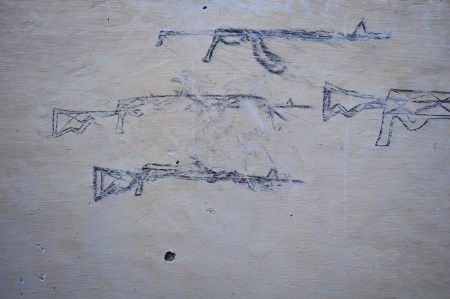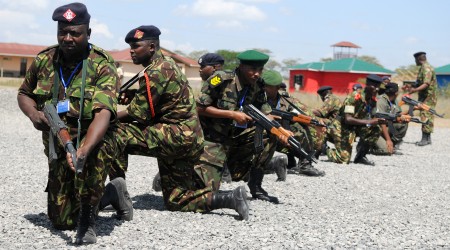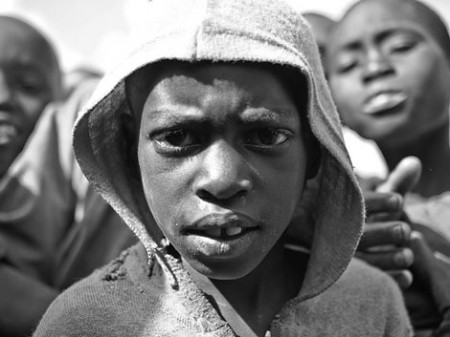
This article was originally published by IPI Global Observatory on 11 January 2017.
How a peace operation is financed is always an important issue. But money matters for the African Union Mission in Somalia (AMISOM) have recently become highly politicized. This is in large part because of the complicated set of arrangements and mechanisms that are required to fund AMISOM. Particularly since mid-2015, some of these arrangements have come under pressure to change owing to a variety of factors, including the longevity of the mission, circumstances in the global economy, and other international crises on the African continent and beyond. The changes have had the predictable knock-on effect of causing political arguments between the African Union, the AMISOM troop-contributing countries (TCCs), and some of the mission’s key partners, most notably the European Union.
This report answers six key questions to explain how AMISOM is financed and how some recent decisions taken by the EU have generated considerable conflict within the mission and among some of its contributing states.




